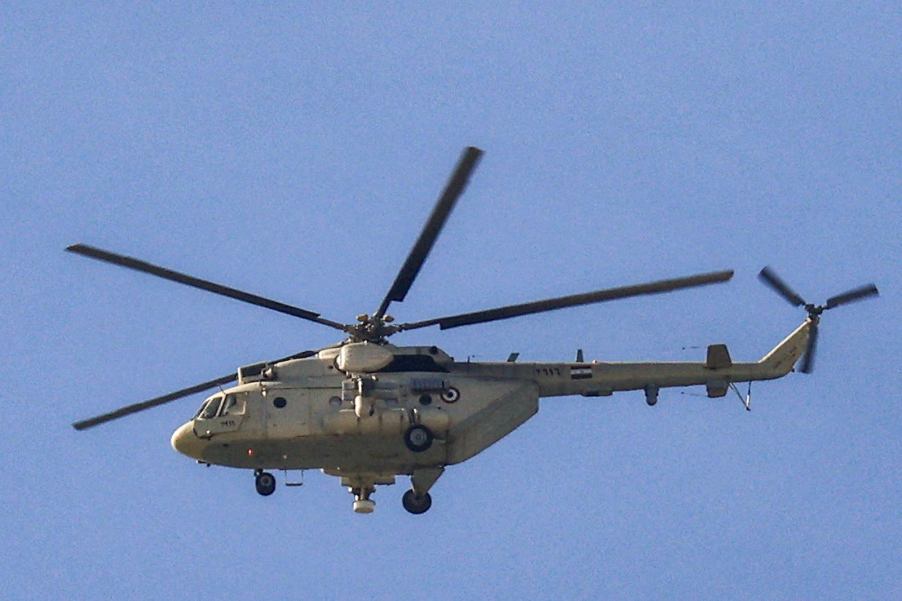
The Strange, True Story of Why Many Russian Tuners Put Helicopter Wheels on Their Cars
Where there are cars, there are enthusiasts who love and tinker on them. And one ever-appealing modification is to hot rod the engines while making the vehicles as light as possible. But while every generation of “tuners” in the U.S. was supported by a healthy aftermarket parts industry, our counterparts in the Soviet Union had to get creative to find lightweight parts. And that’s how magnesium helicopter wheels ended up on many Russian hot rods.
The way the story goes, the Union of Soviet Socialist Republics didn’t rank producing lightweight racing parts among its priorities. So while enthusiasts could soup up their Lada or GAZ cars for motorsports, they were up a creek fi they wanted to swap out components for lightweight variations. One sore point was that they were stuck with stock, steal rims.
Of course some Russians found a way to smuggle performance rims through the Iron Curtain. Others may have even built lightweight rims. But a large group settled on a wildly inventive solution.

During the cold war, Russia’s aerospace industry was booming. And with weight a critical aspect of any aircraft, the Soviet Union had lightweight rims engineered and built for the landing gear of its planes. The K2-116 was a magnesium wheel used on a range of vehicles. This include the Mil Mi-4 and Mi8 series of helicopters, Antonov An-28 transport planes, and even some Russian airliners. It was a multi-piece 14″x9″ rim that weighted just 18 pounds a pop. Perfect for racing.
So how did automotive enthusiasts get their greasy hands on a set of K2-116. Somehow or another, the factory began staying open later and workers–perhaps who had race cars themselves–stuck around and built extra rims which then…”fell off the truck.”
Once these magnesium alloy rims fell into the hands of a race car builder, there was still work to be done. They were, after all, engineered to fit a helicopter. The preferred method to convert them for a car was taking extra brake drums or rotors that fit your bolt pattern, then machine these steel parts them down until you could attach your K2-116s to them.
Apparently, K2-116s inspire instant nostalgia in longtime fans of Russian racing. Coverage of a vintage Russian car race and show–the Moscow Classic Grand Prix–prominently featured a GAZ-24 Volga on a shiny set of K2-116s.
If you’re a fan of Russian cars and are dreaming of a set of these mags for your ride, you’ll have a hard time finding them. Ukrainian aerospace supplier Vertol offered them until recently, but with that country being bombarded–by Russia–production is a big maybe.
You can see the cars at the Moscow Classic Grand Prix–some rolling on K2-116s–in the video below:



